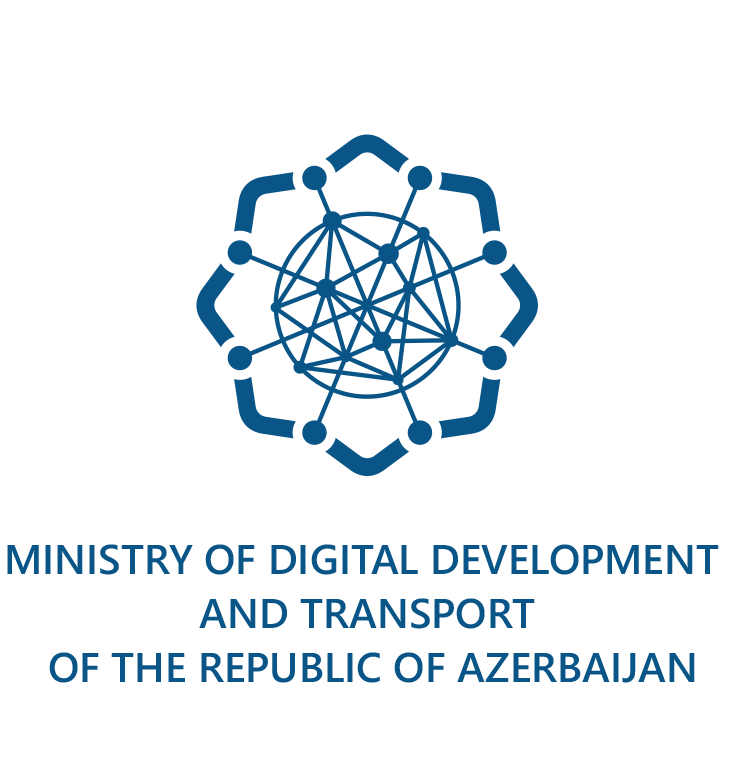"Ransomware" is a type of malicious software. This malicious software limits accessibility to infected systems in a variety of ways. Then, users need to pay a certain amount of funds (BitCoin) to eliminate these restrictions. For this reason, this danger is called "ransomware".
Some types of Ransomware threaten to fully restrict access to files by encrypting them. This malicious software, especially targeting Windows operating systems by using an asymmetric encryption. So, to decrypt the files requires a secret key, which only belongs to the malicious ones and is not shared on the internet. Therefore, it is not possible for the files to be decoded by other people. It is recommended that you take the following steps to ensure the protection against Ransomware threats.

- Use backup;
Back up your files regularly and keep it in another external storage device or cloud. Because backups will protect your files not only from ransomware but also from other threats.
- Do not enable macros;
Macro is software code written to prepare shortcuts in any sequence of issues. Many "ransomware" malicious programs are spread through Microsoft Office files. When you open these files, macros are activated and infect your computer.
- Do not open the files sent to you by the users you do not recognize;
Over the last few months, the most widely spread threat of "ransomware" is the files sent by e-mail or instant messenger applications.
- Use the Administrator user as little as possible;
Do not execute as administrator when opening files or running programs. Also, do not access the system administrator user if it is not needed. Create and use a username that has fewer privileges on the system.
- Use the update;
Malicious applications typically infected to computer systems by using the system and software vulnerabilities. Therefore, it is recommended that you regularly update the system and software.
- Use antivirus software;
Use antivirus software to regularly analyse the system and files, as well as to be protected against threats. Ensure that these applications are updated continuously.
- Do not download files from non-trusted sources;
Do not download files from sources you do not recognize. Try to download the software regularly from its official Internet information resource. Look at the conditions provided when installing software and prevent the installation of the recommended additional software.



